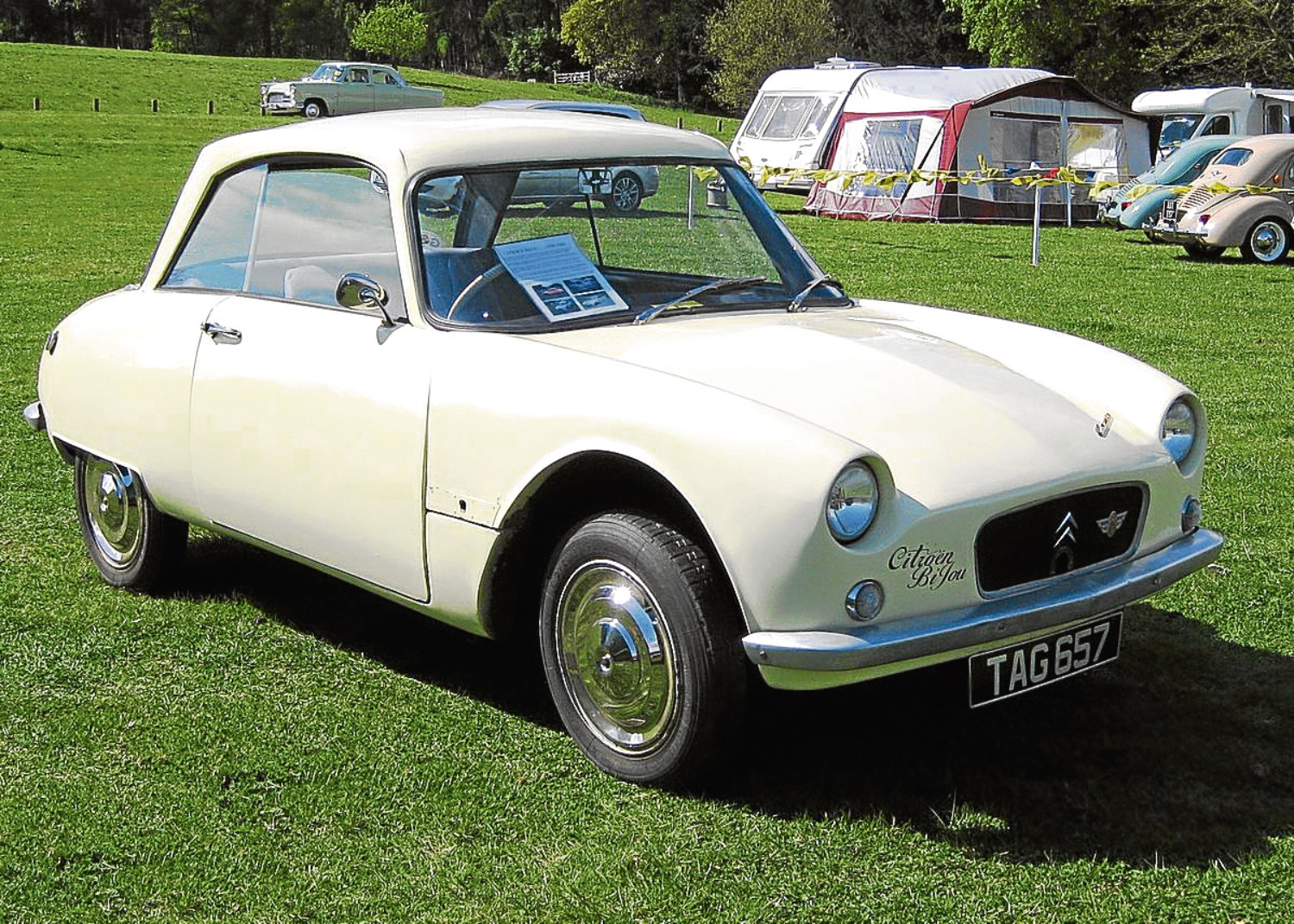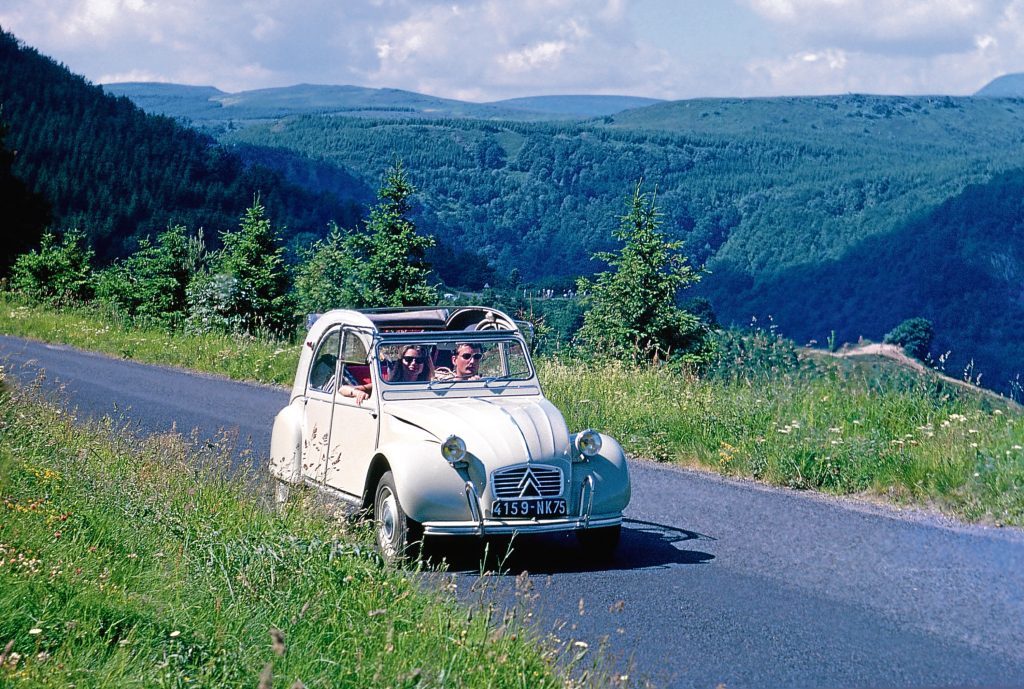Although now almost totally forgotten, the French car maker Citroen produced and assembled cars in Britain for 40 years, from 1925 to 1965.
Nearly all of them were right-hand-drive versions of their French models—but their big factory at Slough, west of London, for a few years produced a unique model that only sold in the UK.
Manufactured from 1959 until 1964, it was called the Bijou and, sad to say, it was a resounding dud. Only 210 of them were made in total, but apparently 160 of them are still in existence, and about 40 of them are still on the road.
Why would Citroen set up a factory in Britain in the first place?
Well, the French took to the motor car much quicker than the British did and the early 20th century saw large numbers of French cars imported into the UK.
In 1915, seeking to curb luxury imports as the war ate into the UK Budget, then-Chancellor Reginald McKenna imposed steep tariffs on imported cars.
The so-called McKenna Duties were lifted in 1924, then re-imposed a year later and, amazingly, only finally scrapped in 1955.
Their re-imposition in 1925 prompted Citroen, who already had a large import and distribution complex at Slough, to install an assembly line in 1926 and build cars from CKD (completely knocked-down) components shipped in from France.
Slough-built cars were all right-hand-drive and were sold in Britain and drive-on-the-left countries of the then British Empire.
Over the years, thousands of Citroens rolled out of Slough, including the famous Light 11, the getaway car in 1000 French gangster films.
Citroen’s first post-war model was the immortal 2CV, arguably the most spartan and basic car since the Model T Ford.
Citroen chiefs felt the car, initially available only in battleship grey, wouldn’t sell in Britain (How wrong could you get? When finally sold here, it became—and still is—a cult car) so they produced the Bijou.
Built on a 2CV floorpan and chassis, it had a fibreglass bodyshell and more luxurious interior.
Designed by Peter Kirwan-Taylor, who had designed the 1957 Lotus Elite, the Bijou was quaintly styled with hints of Citroen’s ahead-of-its-time 1955 saloon, the DS19.
However, the Bijou’s bodyshell was heavy and the 2CV’s feeble 425cc engine saddled it with a tortoisian top speed of 48mph and a soporific 0-40 time of 41 seconds.
It was also much more expensive than comparable, indeed bigger and faster, British cars.
Sadly, what should have been a jewel for Citroen was just a Citron, or lemon.
In six years, only 210 were made and sold. However, there is an owners’ club and all parts, being from 2CVs, are easy to obtain.
This forgotten jewel keeps twinkling.

